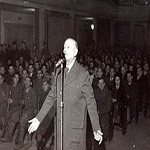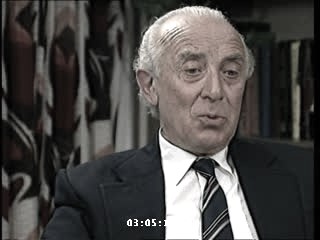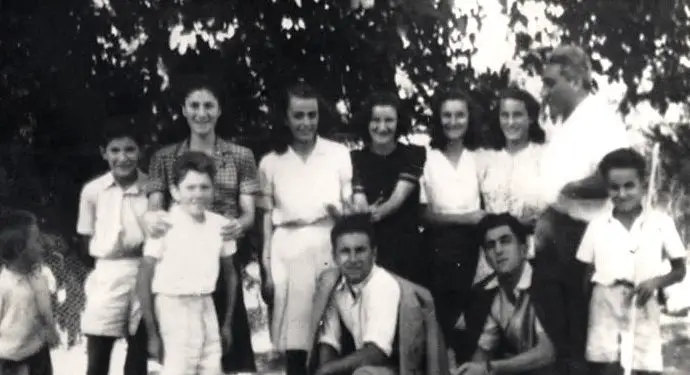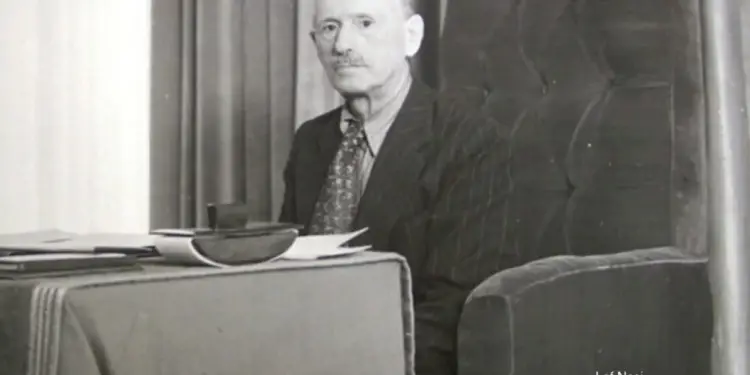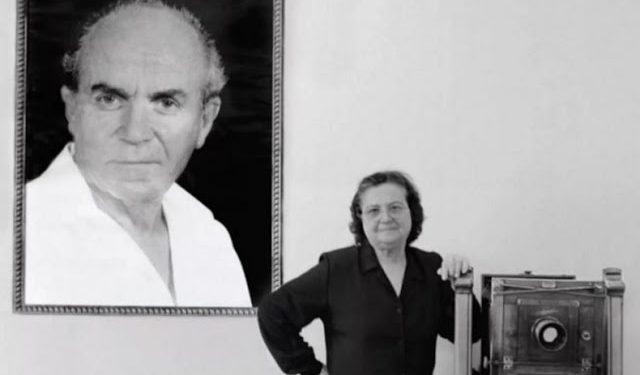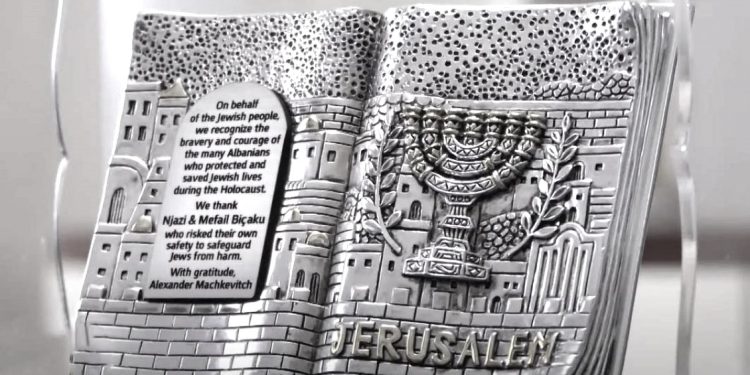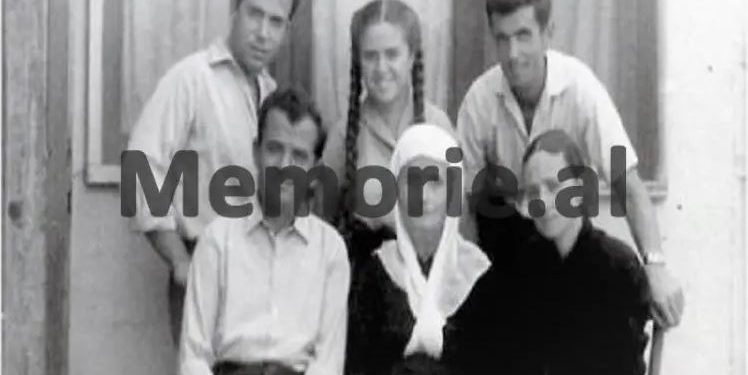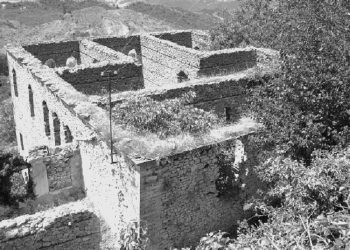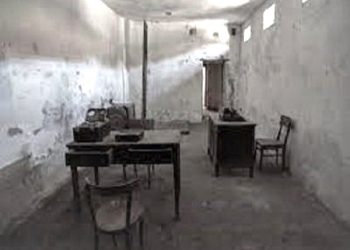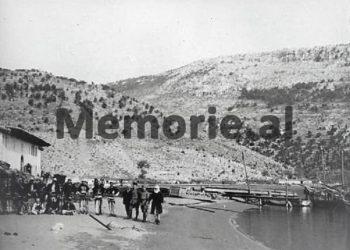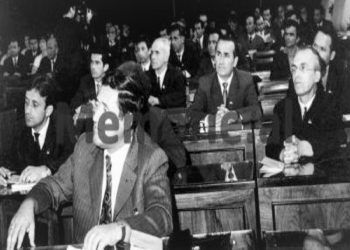From Ledia Lleshi
-How the Jews were sheltered by well-known families from Elbasan and the memories of Marko Maneham, who also lived through Albanian communism-
Memorie.al / Jews and Albanians, a bond that protected them from German retaliation and deportation to Auschwitz, is already part of the people’s memory. This hospitality has received appreciation beyond the borders, ranking our people alongside the supporters and protectors of many persons, even families who found refuge, escaping certain death. The Albanian people preserved their integrity and the issue of the Jews was considered an internal issue. Many years later, Albanian families still preserve the memories; have received the evaluations and even the gratitude of those who escaped, under the protection of the Albanians. There are not many, even with the certificate of recognition “Right among the peoples”.
One of these families is the Nosi family in Elbasan. The grandson of this family, Skënder Kosturi, brings memories of his mother Adelina, who passed away some time ago. A Jew, Marko Manehami, lived in this family, who told his story through a letter, but also his appreciation for the Nosi family, who kept and protected him in every case. Another well-known case for housing Jews is the Biçaku family from Qarrishta e Librazhdi. No witnesses have remained from this family, since most of them emigrated at the first opportunity to America or other countries. One of them in his memoirs tells how they sheltered 26 Jews, who also have fond memories of their attempts to hide. One of them in the house of Biçakaj, became a father.
The Jews of World War II
During the Second World War, dozens of Jewish families took refuge in Elbasan. The well-known surnames from Elbasan have also been the hosts of Jewish families who sought to escape the Nazi genocide. Among the families that sheltered Jews, the large family of Biçakçinje, Shuteriqët, family of Vasil Nosi, Adelina Nosi, Qemal Karaosmani, Destan Kurmaku, Besim Zyma, Niko Piluri, etc. are mentioned. The residents of the “Kala” neighborhood welcomed them after seeing in the Jews, the trust and respect they had for the Albanians.
Although the German invaders were dangerous and could massacre their families, they still preserved the Albanian tradition of loyalty. During the War period, the Jews stayed within the four walls of the houses where they took shelter. Not only the families where they lived, but also other families of this neighborhood, offered material and food aid to the Jews. After the end of the War, they returned to Elbasan offering help to the residents of this neighborhood. The Jews then helped Elbasan families with visas, scholarships, etc. Friendship between Elbasan families and Jews has existed until recently. Jews were valued as smart, successful and respected by all.
The testimonies
Mark Menahemi, would enter the history of the Nosi family, in Elbasan, after being welcomed and sheltered by this family, closely following the arrest and shooting of Lef Nosi. In a letter that he sends to the Nosi family, (after 1994) the children of Dr. Nosi, Grigor, Rudi and Vaso, he writes some of the vicissitudes that he and everyone went through in those days before they arrested Lef Nosi. Among other things, in this letter, a copy of which is kept by Adelina’s son, Skënder Kosturi, it is said that: “In June 1944, the Germans were following me because they had received information that I was Israeli. I fled from Cërriku to Elbasan and took shelter, according to the recommendations, in the house of the Nosi family.
At first I lived in their house, where Vasil Nosi lived with his wife, his brother, doctor Steliano Nosi, their mother Eleonora, who also became my mother, and from time to time their married sister Adelina Kosturim came in Tirana and in the same courtyard lived Lef Nosi, who was one of the three Regents of Albania in the period September 1943-November 1944. Later, when the situation became difficult, I moved to the alcohol factory of the Nosi family outside Elbasan, where I had a room and every day someone from the family brought me food.
At this time, I was arrested by a Gestapo officer and Vasil Nosi made the maximum effort to save me when I was in the cells of Elbasan prison. The transfer of the most ferocious Gestapo officer to Tirana made it possible for him to release me. They then housed me in their hospital in Elbasan Spas, where they took care of me. After November 29, 1944, when the communists took power, I stayed with the Nos, who loved me very much and offered me to stay in Albania and work in the factory”. (Mark Menahemi was a specialist engineer in several fields).
The arrival of communism
In the letter, he also shows the days when Lef Nosi was not arrested yet and the help that some people gave him, but also the betrayal of others. “The communists were looking for the three regents who were in charge of the state during the German occupation, to sentence them to death. Vasili begged me to hide his uncle, Lef. Vasil Nosi, Steliano and I went to the house of a teacher, Fahrie Averiqi, on “Rrugë e Kavaja” in Tirana, with the help of their friend, Xhemal Farka. The goal was to intercede with Nako Spiru, so that Lefi surrendered voluntarily, because by surrendering voluntarily, he would not be sentenced to death.
I did not agree because something was wrong and unfortunately my word came out. Those days, Nakoja had run away with service in Moscow and then Lefi asked to surrender through the grandson of an old friend of his, a prominent figure of our national history. I told Vasili, that I did not trust this person, because before he took the ranks in the partisan army, he had a dark past, with other military forces. Regardless of these doubts, around 9 o’clock in the evening, they should have sent Lef home to this captain of the partisan army. They put him in the car and, after crossing the bridge that leads to “Rruga e Elbasani”, two young men ran to stop us. Detouring from the Prime Minister’s Office, to “Rruga e Durrës”, we returned Lefi to the teacher’s house.
Vasili went himself and contacted the person in question, who calmed them down and told him to bring Lefi home. “I’m waiting for you in the house without lights” he said. We took out Lefi for the second time. I passed it on and the person in question, remembering that I could be Vasili, said to me: “Don’t worry now Vasili”. But, as Lef told us in the dungeon, when we came and met him, after half an hour, after we left him in that house, you told him: ‘Lef, they are looking for you at the gate’, as soon as he opened the gate, they arrested him. The same evening, Vasil and Steliano Nosin, Xhemal Farka were also arrested, but I too, although I had a passport in my pocket, and the next morning, I had to leave on a steamer to Israel”!
Marko Menahem’s sentence, why did he help the Nosi family!
Marko Menahemi was sentenced to 4 years and spent a year and a half in prison. Later, he served as a lecturer at the “17 November” Polytechnic and made an outstanding contribution to many major projects for the use of the natural mineral reserves of our country. After 1990, he fulfilled his dream of going to Israel, his homeland. In 1993, the organization “Jatt Vashem” in Israel, as a sign of gratitude, for saving the life of Marko Menahem, granted Dr. To Steliano Nosi, Vasil Nosi and their sister, Adelina Kosturi, the high title: “Righteous among the peoples”. Their names are engraved on a bronze plaque at the Holocaust Museum, in Jatt Vashem, as well as in Washington.
The title was won by the grandson of the Nosi family, Skënder Kosturi. “It was 1992, when we received the invitation, my mother could not go because of her health, and I decided to travel to Israel. We were 14 representatives, from all over Albania. There I met Mark Maneham and other Jews, saved by the Albanians. This great activity was sponsored by an American millionaire Harvey Serner. He also sponsored the making of a documentary film about the life of Jews in Albania. The protagonist Albanians also have a copy of this film, with the stories of the survivors”, recalled Kosturi.
Jews in the middle Ages
According to historical data and archaeological objects, a large community of Jews lived in Elbasan. The first traces of Jews in Elbasan are found in the 13th century, while at the end of the 15th century, their existence in this city is documented. At the end of the 15th century, a part of the Jews persecuted by the Spanish and Portuguese inquisition settled in the city of Elbasan. Initially, it is thought that they settled in the “Kala” neighborhood, where they found the hospitality and support of the traditional population of this city.
A few years later, the Jews of Elbasan built a synagogue, the existence of which is confirmed by a fragment of a rozon, with the Star of David, which is preserved in the museum. According to the studies and materials collected by Visarion Xhuvani, one of the most famous patriarchs of the Albanian Orthodox Church, there was a large Jewish settlement in Elbasan during the rule of the Ottoman Empire. In 1930, Visarion Xhuvani wrote that; “they had a synagogue, which was then used as an inn by the Turks called the “Shehetila Inn”. According to historians and archaeologists, Jews have lived in the entire territory of Elbasan. They were mainly engaged in trade. Near the village of Xibrakë in the town of Belsh, there is a stone grave named “Gipsy’s Grave”.
Legend has it that the grave belongs to a well-known Jewish merchant of the time. In 1930, when the main market was built in Elbasan, gold coins with Jewish symbols were found. Coins and other archaeological objects show that the Jews of Elbasan had biblical names, such as; Jacob, Moses, Abraham, etc. During the last years of the last century, a trapezoidal stone slab was found in Elbasan, on the surface of which several lines of Hebrew script were carved, placed in a frame.
Around it, there are 6 stars with 6 points, symbols of the Star of David. Traces of Jewish culture and picketing can be found even today in the “Kala” neighborhood. One of them is the synagogue near Dhimitër Shuterić’s house. Although a good part of the objects have been damaged, there are signs of the existence of Jewish religious objects, as well as of the co-existence of the Jewish community, which was welcomed and accepted by the residents of Elbasan.
The Biçaku family, honored by the Jewish community
“…..The story with the Jews in Qarrishte village begins in September 1943.”winter was very harsh, especially in this remote mountainous area and it snowed a lot”, remembers Muhamet Biçaku. For weeks, the 26 Jews took shelter in the rooms of the Biçakajs’ house, sleeping together in the few rooms and eating the few things the family had; mainly corn bread, cottage cheese and puree (dried meat). “But the friends were faithful. Custom, tradition and hospitality have a holy friend and they couldn’t give up in whatever circumstances they were,” Muhameti, who was in his 20s at the time, confesses.
“They did not agree to stay without work, although the friend, no matter how long he is a guest, based on the customary code, he should never work”, Biçaku continues. After the liberation and after almost two years of staying in secret, the 26 Jews could move and to escape from distant Qarrishta. The separation was not at all easy, even painful, as everyone had become familiar with each other. One of the Jews, Majo Aurest, who now lives in Argentina, even has a very rare memory of Qarrishta and Albania. His wife gave birth to a daughter, there in the house of the Biçakajs. However, the Jews who took refuge in Qarrishte were scattered around the world, someone in Russia, another in Argentina, some in America and only Rafael Faragi, is today in Haifa of Israel, in the homeland of the Jews…”! Memorie.al




